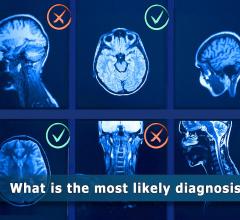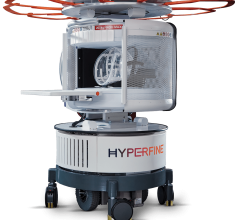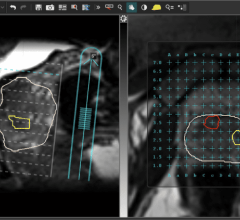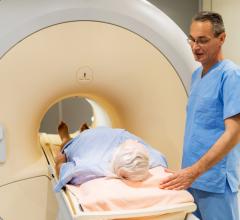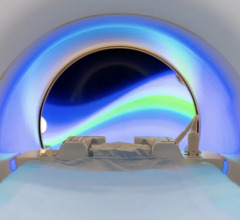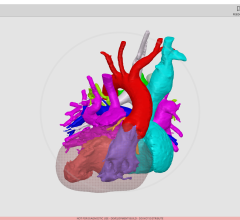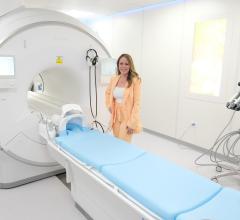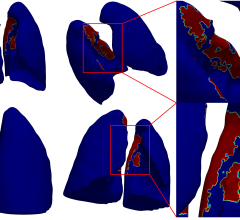July 8, 2014 — A brain imaging study shows that patients with chronic fatigue syndrome may have reduced responses, compared with healthy controls, in a region of the brain connected with fatigue. The findings suggest that chronic fatigue syndrome (CFS) is associated with changes in the brain involving brain circuits that regulate motor activity and motivation. The results were scheduled for publication in the journal PLOS One.
Compared with healthy controls, patients with chronic fatigue syndrome had less activation of the basal ganglia, as measured by fMRI (functional magnetic resonance imaging). This reduction of basal ganglia activity was also linked with the severity of fatigue symptoms.
According to the Centers for Disease Control and Prevention (CDC), chronic fatigue syndrome is a debilitating and complex disorder characterized by intense fatigue that is not improved by bed rest and that may be worsened by exercise or mental stress.
"We chose the basal ganglia because they are primary targets of inflammation in the brain," said Andrew Miller, M.D., lead author of the study. "Results from a number of previous studies suggest that increased inflammation may be a contributing factor to fatigue in CFS patients, and may even be the cause in some patients."
Miller is William P. Timmie professor of psychiatry and behavioral sciences at Emory University School of Medicine. The study was a collaboration among researchers at Emory University School of Medicine, the CDC's Chronic Viral Diseases Branch and the University of Modena and Reggio Emilia in Italy. The study was funded by the CDC.
The basal ganglia are structures deep within the brain, thought to be responsible for control of movements and responses to rewards as well as cognitive functions. Several neurological disorders involve dysfunction of the basal ganglia, including Parkinson's disease and Huntington's disease, for example.
In previous published studies by Emory researchers, people taking interferon alpha as a treatment for hepatitis C, which can induce severe fatigue, also show reduced activity in the basal ganglia. Interferon alpha is a protein naturally produced by the body, as part of the inflammatory response to viral infection. Inflammation has also been linked to fatigue in other groups such as breast cancer survivors.
"A number of previous studies have suggested that responses to viruses may underlie some cases of CFS," Miller said. "Our data supports the idea that the body's immune response to viruses could be associated with fatigue by affecting the brain through inflammation. We are continuing to study how inflammation affects the basal ganglia and what effects that has on other brain regions and brain function. These future studies could help inform new treatments."
Treatment implications might include the potential utility of medications to alter the body's immune response by blocking inflammation, or providing drugs that enhance basal ganglia function, he said.
The researchers compared 18 patients diagnosed with CFS with 41 healthy volunteers. The 18 patients were recruited [not referred] based on an initial telephone survey followed by extensive clinical evaluations. The clinical evaluations, which came in two phases, were completed by hundreds of Georgia residents. People with major depression or who were taking antidepressants were excluded from the imaging study, although those with anxiety disorders were not.
For the brain imaging portion of the study, participants were told they'd win a dollar if they correctly guessed whether a preselected card was red or black. After they made a guess, the color of the card was revealed, and at that point researchers measured blood flow to the basal ganglia.
The key measurement was how big is the difference in activity between a win or a loss. Participants' scores on a survey gauging their levels of fatigue were tied to the difference in basal ganglia activity between winning and losing. Those with the most fatigue had the smallest changes, especially in the right caudate and the right globus pallidus, both parts of the basal ganglia.
Ongoing studies at Emory are further investigating the impact of inflammation on the basal ganglia, including studies using anti-inflammatory treatments to reduce fatigue and loss of motivation in patients with depression and other disorders with inflammation including cancer.
For more information: http://whsc.emory.edu/home/news/index.html


 July 25, 2024
July 25, 2024 

